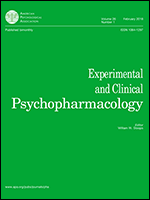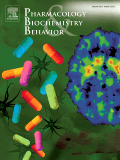
“Phytocannabinoids present in Cannabis plants are well known to exert potent anti-inflammatory and immunomodulatory effects.
Previously, we have demonstrated that the psychoactive D9-tetrahydrocannabinol (THC) and the non-psychotropic cannabidiol (CBD) modulate mitogen-induced Th1-type immune responses in peripheral blood mononuclear cells (PBMC).
The suppressive effect of both cannabinoids on mitogen-induced tryptophan degradation mediated by indoleamine-2,3-dioxygenase (IDO), suggests an additional mechanism by which antidepressive effects of cannabinoids might be linked to the serotonergic system.
Here, we will review the role of tryptophan metabolism in the course of cell mediated immune responses and the relevance of cannabinoids in serotonergic signaling.
We conclude that in particular the non-psychotropic CBD might be useful for the treatment of mood disorders in patients with inflammatory diseases, since this cannabinoid seems to be safe and its effects on activation-induced tryptophan degradation by CBD were more potent as compared to THC.”








.jpg)
